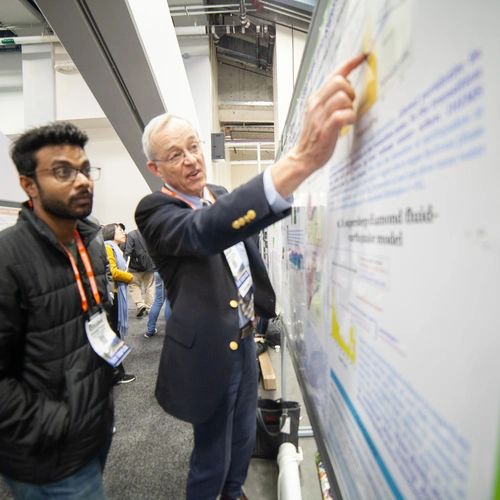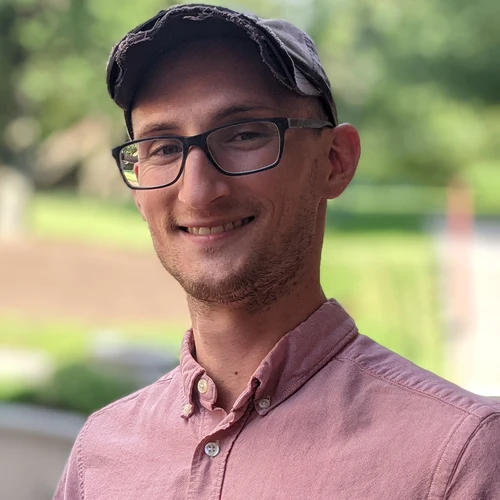EPL Culture


Postdoctoral Life
Postdocs at the Earth & Planets Laboratory are regarded as scientific colleagues with the freedom to chart the path of their own research goals. During their time on campus, they gain invaluable mentorship opportunities from our world-class scientists, who, free from teaching obligations, are committed to the development and mentorship of early career scientists.
Our unique program provides postdocs with an interdisciplinary cohort of peers, professional development workshops, access to state-of-the-art instrumentation and facilities, mentorship opportunities, and memories to last a lifetime.
Learn moreQuotes from Colleagues
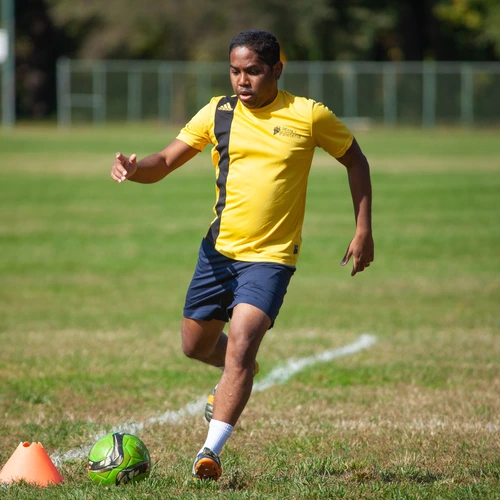
Campus Activities
The Earth & Planets Laboratory is more than a place to do world-class science. It's inspiring seminars and reading groups that expand your mind and enhance your research. It's friendly conversations with colleagues over shared lunches. It's even the occasional athletic competition. In short—it's a community!
Explore campus traditions
Community and Culture
The Earth & Planets Laboratory is dedicated to building a collaborative and collegiate environment for everyone on our campus. Carnegie Science provides a variety of resources and opportunities to strengthen community and foster a shared sense of purpose across the organization.
Community Building Resources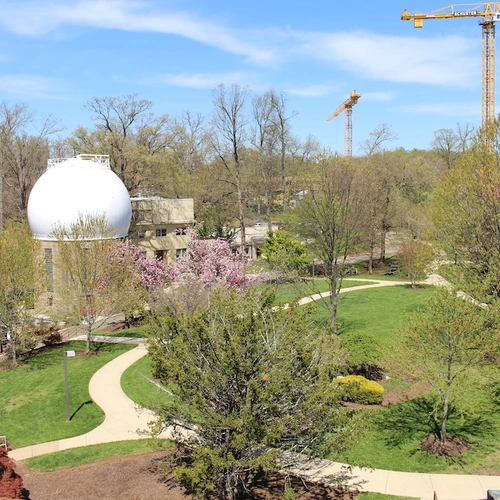
Our Campus
Carnegie's Broad Branch Road campus (BBR) has been home to groundbreaking planetary science for more than a century. Tucked away next to Rock Creek Park in Washington, DC, this lush academic oasis is filled with top-of-the-line instrumentation and facilities—the perfect launch site for your next big idea.
Who else is on campus?
- Carnegie Science Office of the President
- Earth & Planets Laboratory
- Carnegie Academy for Science Education
- Earth & Planets Laboratory Library and Archives
Land Acknowledgement
The Earth & Planets Laboratory (EPL) acknowledges that Washington DC, where our campus is located, is the traditional territory of Nacotchtank, Anacostan, and Piscataway people. The District of Columbia shares borders with Maryland and Virginia and connects with lands along the Anacostia and Potomac Rivers. These river systems are where the Piscataway, Pamunkey, the Nentego (Nanichoke), Mattaponi, Chickahominy, Monacan, and the Powhatan cultures thrived. We acknowledge this legacy, as well as the ongoing struggle faced by the Indigenous communities around Washington, DC for recognition and land ownership.
A land acknowledgment is our way of recognizing the Indigenous presence in our everyday life and our research endeavors—in the lab and the field. We all have a responsibility to consider the legacy of colonialism in our history as a nation, as a community, and as a scientific institution. We recognize the privileges we enjoy today because of colonialism, and we strive to understand and break down the systems that perpetuate these harmful patterns while building and supporting systems that are just.
This information was adapted from the land acknowledgment and local history written by the American Library Association. Find their complete statement and accounting of Indigenous history and the Washington, D.C. region here. It was also based on the American University School of Education land acknowledgment, found here.
Local Tribes and Maps
- Piscataway Conoy Tribe
- Piscataway Conoy Creations
- Pamunkey Indian Tribe
- Nentego (Nanichoke)
- The Confederation of Sovereign Nanticoke-Lenape Tribes
- Mattaponi
- Chickahominy Indian Tribe
- Monacan Indian Nation
- Rappahannocks
- Virginia State Recognized Tribes
- Federal and State Recognized Tribes
- DC Native History Project
- Native Land Map
National Park Service and Historical Articles
- Powhatan cultures
- Native Peoples of Washington, DC
- American Indian Tribes Today
- Library of Congress — Native Histories of Washington, DC
- Washington Post — A Native American Tribe Once Called DC Home; It’s Had No Living Members for Centuries
- American Indians of Washington, DC, and the Chesapeake
- American Indian Heritage Day, October 6, 2018
